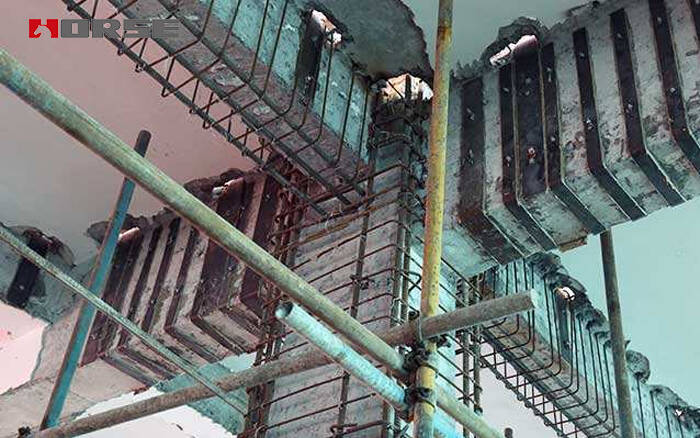RC column-beam joints strengthened
Strengthened with enlarged section or bonded steel method
Comparasion and analysis of RC column-beam joints strengthened with enlarged section or bonded steel method, In terms of bearing capacity, stiffness, ductility and energy dissipation capacity, etc.


The 2 reinforcement methods basically change the character of brittle failure in the core area of the node, and the cracking load, ultimate bearing capacity, ductility, stiffness and energy dissipation capacity of the core area of the node are improved.
The improvement of the ultimate bearing capacity of the 2 methods is similar to the joints strengthened by the column section method. When the shear capacity of the concrete part is added, the beneficial effect of the axial force should not be taken into account.
The initial crack value of the core area of the original joint strengthened by the enlargement section method is much higher than that of the bonded steel method. It shows that in the elastic stage, the former is stronger than the latter.
Because the stiffness of the newly added concrete is larger than that of the bonded steel plate, the rigidity of the specimen is higher than that of the stick steel method, and the stiffness attenuation is slower than that of the stick steel method.
Due to the plastic property of steel, the ductility and energy dissipation capacity of joints strengthened with bonded steel are higher than those of column enlarging section method.